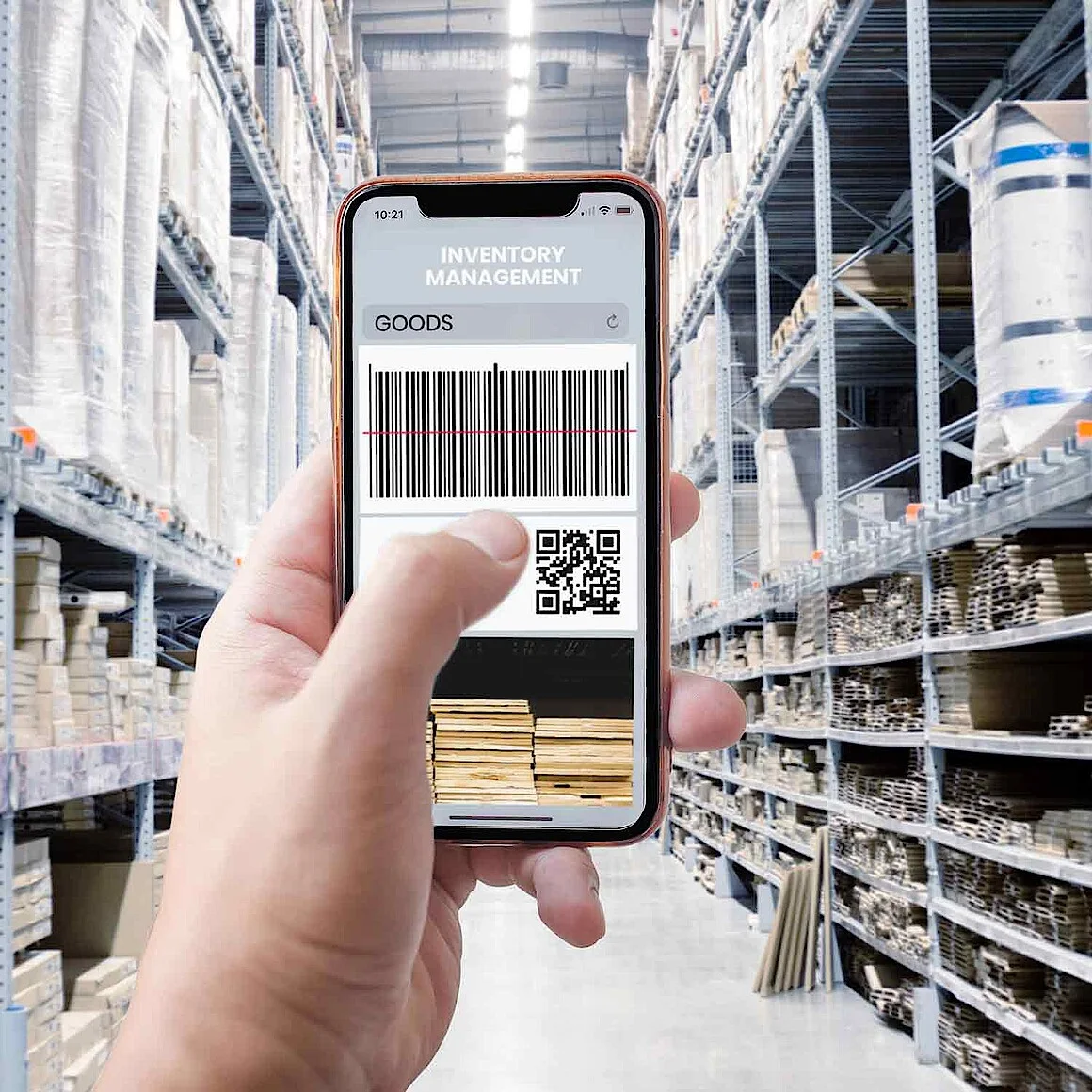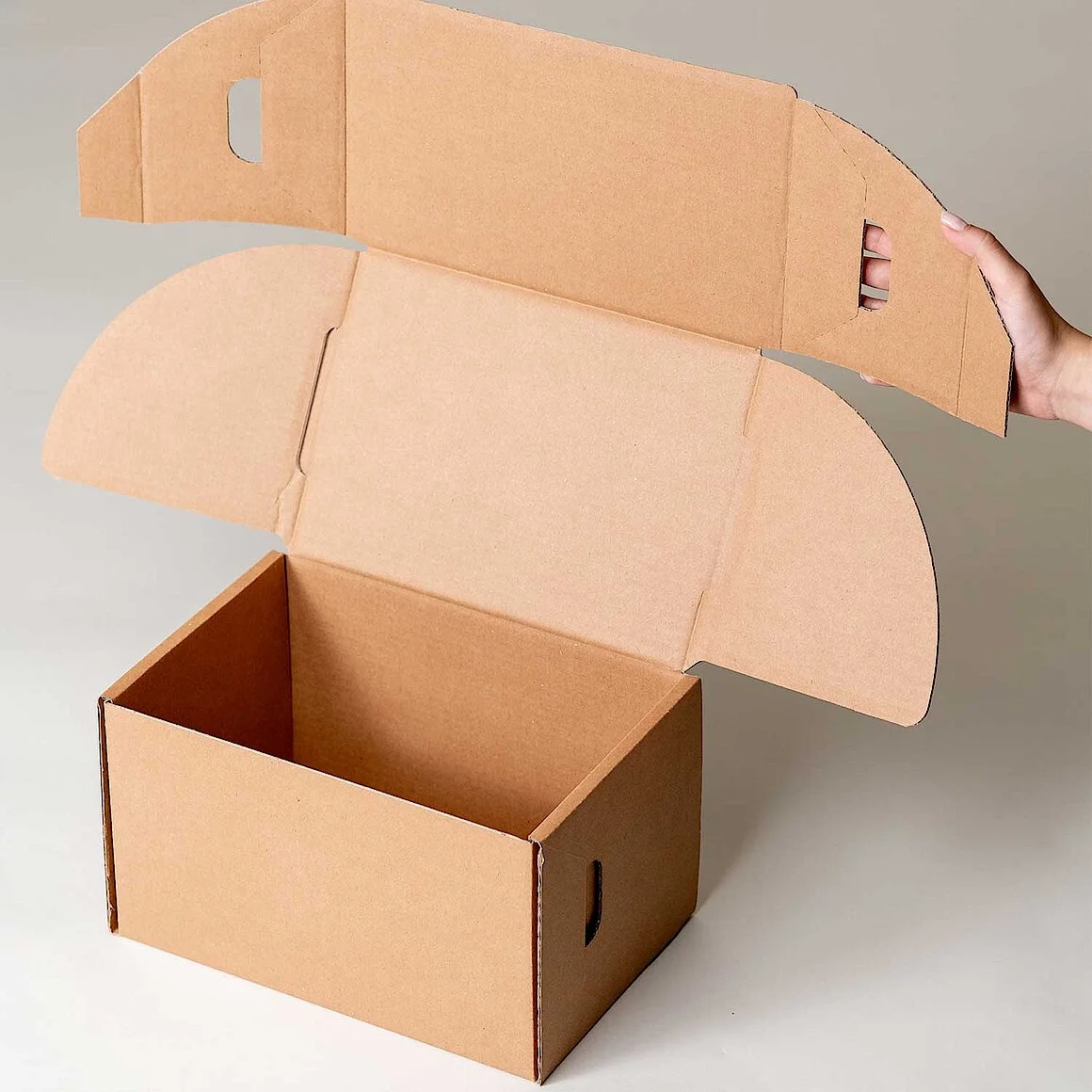Is reusable plastic packaging the more sustainable solution?
News | 22.03.2024
A lot of attention is being paid to reusable solutions for the (online) mail order business, not least because of the currently much-discussed EU Packaging and Packaging Waste Directive (PPWR). The draft of the EU's new packaging regulation stipulates that from 2030, 40 per cent of all transport and sales packaging - including online retail - should be shipped in a reusable system. The quota is to gradually increase to 70 per cent. In the latest draft of the regulation, dated 4 March 2024, packaging made of paper, cardboard and carton (PPK for short) is excluded from the reusable quotas.
Various companies offer online retailers a range of reusable shipping solutions - such as reusable shipping bags. This packaging is increasingly being advertised as the "more sustainable alternative" to so-called disposable solutions made from corrugated cardboard, for example. The reason given for the more sustainable solution is the reuse of the packaging and the associated reduction in "packaging waste".
The life cycle assessment of shipping packaging
The manufacturers of such reusable systems often emphasise this supposed advantage. However, it is not possible to make a generalised statement on this: One way to check such a statement is to look at and compare the individual life cycle assessment/life cycle analysis of packaging. Various factors are taken into account here, for example the recycling rate of the packaging material. If packaging waste is generated, recycling into new products is always the best disposal option. For plastic packaging material, the material recycling rate is 35 per cent[1]. For corrugated cardboard, the rate is 95 per cent[2].
Raw material instead of waste
In this context, packaging material such as corrugated cardboard does not constitute "waste" in the sense of "unusable remnants[3]". When disposed of correctly, corrugated cardboard is fed into the material cycle and thus represents an important raw material for the production of new packaging. Corrugated cardboard can be recycled up to 25 times in the material cycle. This process reduces the need for fresh raw materials and lowers the environmental impact. In comparison, the recycling value for plastic is around ten recycling cycles, whereby the original benefit can rarely be achieved.
Reusability of shipping packaging
Reusable packaging made from recycled plastic offers the advantage of a high reuse rate, with some manufacturers specifying possible circulation rates of up to 50 times. Depending on the material used, plastic packaging (e.g. mailing bags made from recycled plastic or PP boxes) requires a certain number of cycles to reach the break-even point in terms of greenhouse gas emissions (in CO2 equivalents)[4].
The first prerequisite for high circulation figures is that the reusable packaging is put back into circulation by consumers. It is important to bear in mind that ratios are 3:1 and higher, as, for example, only three reusable packs cover a single shipment cycle: one pack is being prepared for dispatch in the online shop, one pack is being processed and one pack is with the recipient or is on its way back.
Corrugated board is reusable
The fact that corrugated cardboard shipping packaging is reusable becomes clear at the latest when it is sent back to the sender as a return. However, returns are a profit destroyer from the retailer's point of view - what happens when more expensive reusable packaging that has to be recycled is used?
Solutions made from corrugated cardboard packaging material have been around for a very long time, for example from Wir.Kiste.Kreis: codes on the packaging make it possible for packaging to be returned and for multiple shipments to be made without additional material costs. The return rate of corrugated cardboard shipping packaging that is used multiple times is 1:1, without the need to generate excess stock.
In this context, it becomes clear that raw materials that are well established in recycling systems and new reusable systems to be placed on the market must be assessed in terms of their functional fulfilment and environmental impact by means of a proper life cycle assessment. In our view, reusable plastic packaging is therefore not automatically the most sustainable solution.
[1] See: Umweltbundesamt: www.umweltbundesamt.de/bild/entwicklung-der-verwertung-der-kunststoffabfaelle
[2] See: Gesellschaft für Verpackungsmarktforschung (GVM): Recycling von Wellpappe, Mainz, Juli 2023
[3] See: Definition from Duden www.duden.de/rechtschreibung/Abfall
[4] See: Einweg- vs. Mehrwegverpackungen im Onlinehandel Eine vergleichende Betrachtung von CO2-Emissionen und Identifizierung von Break-even-Points, Till Zimmermann, Rebecca Bliklen, 2020

Digital Codes
How printed codes digitise your supply chains

Shipping boxes from THIMM
The sustainable solution

Sustainable packaging solutions
Discover sustainable packaging solutions
Request sustainable shipping packaging now

THIMM Group
+49 5551 703 0
info@thimm.de